-
Devops

GitOps with ArgoCD: Automated NGINX Deployment on Minikube
What is GitOps? In today’s software world, everyone is familiar with the term deployment. A deployment is the process of releasing a new version of your software application to production. Essentially, it’s your software delivery mechanism. Typically, this process follows these stages: Building → Testing → Staging → Deploy to Production, often triggered after a Pull Request (PR) is approved…
Read More » -
Server
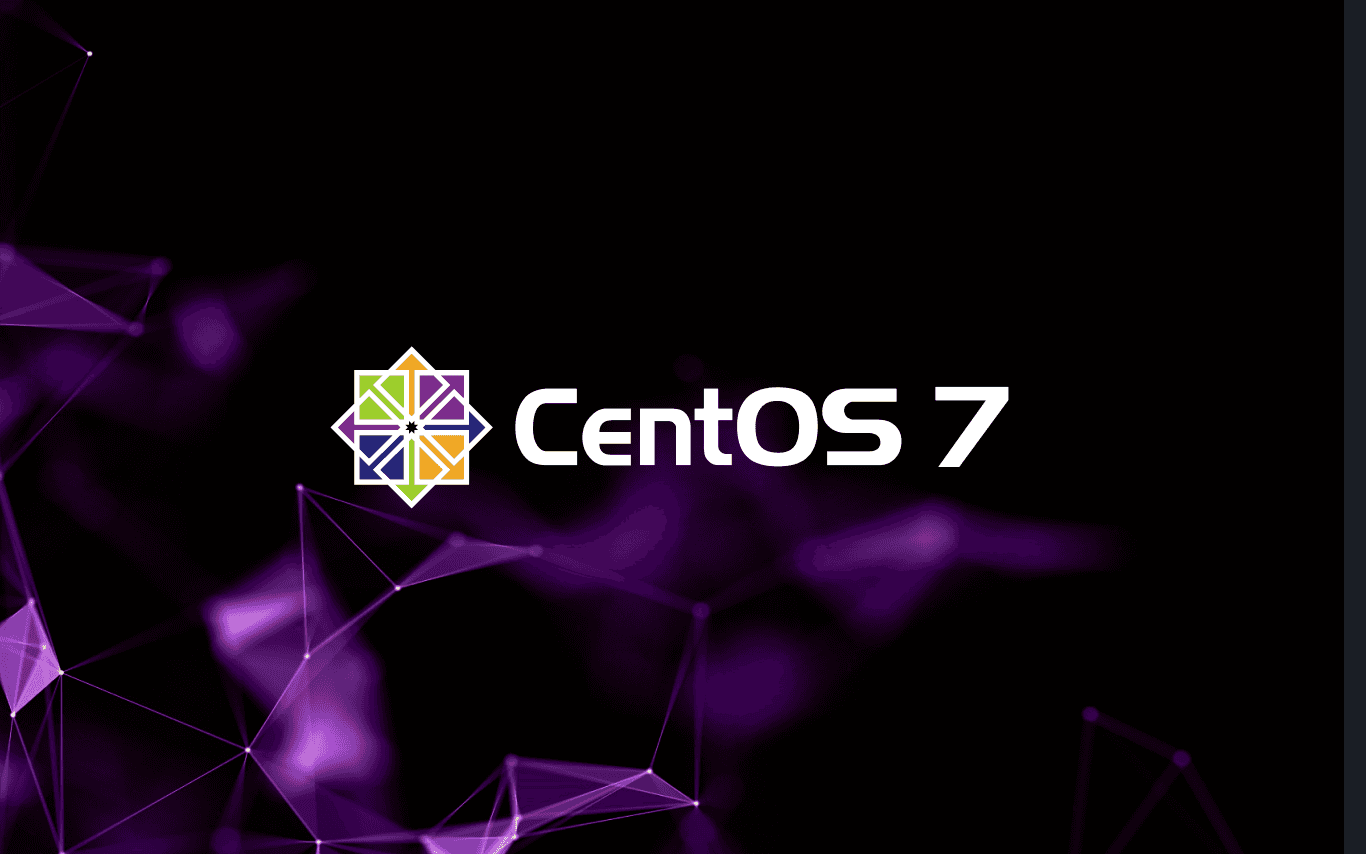
CentOS 7 Yum Issues and the Vault Repository Solution
CentOS 7 Yum
Read More » -
Devops
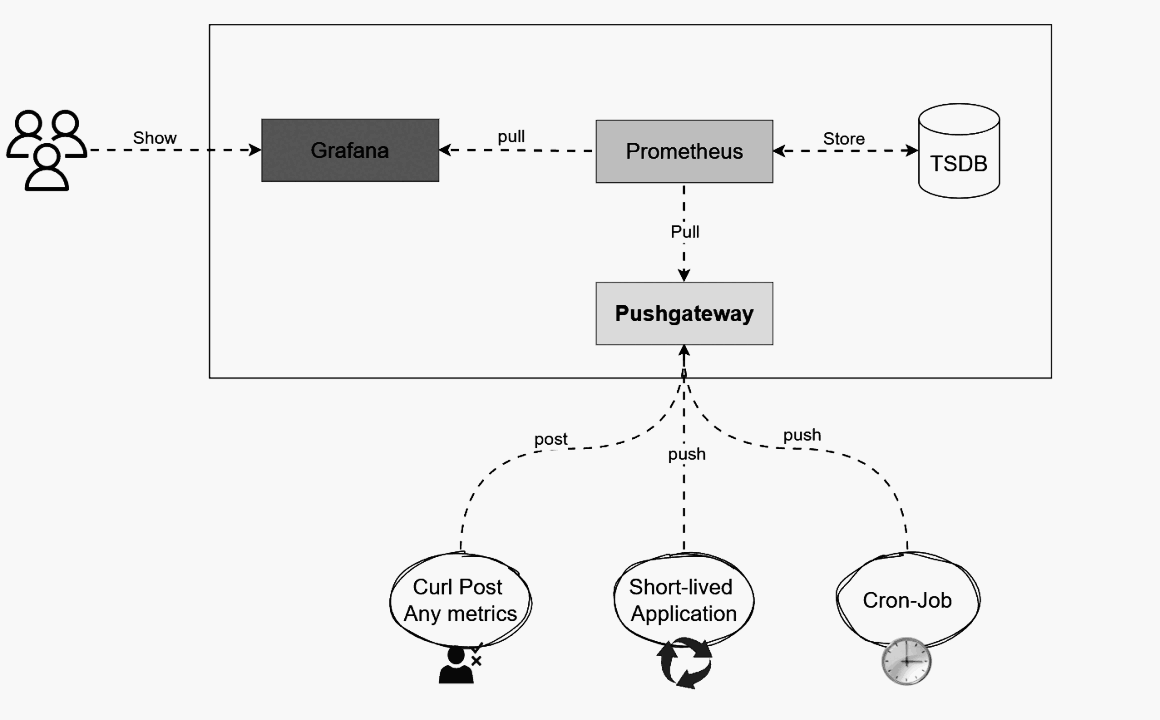
Prometheus Stack / Linux Server Installation
What is Prometheus? rometheus is an open-source monitoring tool that collects metrics and provides visualization tools for the collected data. It is primarily written in GoLang and became part of the Cloud Native Computing Foundation (CNCF) in 2016. Prometheus also allows you to create alerts when metrics reach predefined thresholds, helping you proactively monitor system health. Understanding Metrics Metrics are…
Read More » -
Server
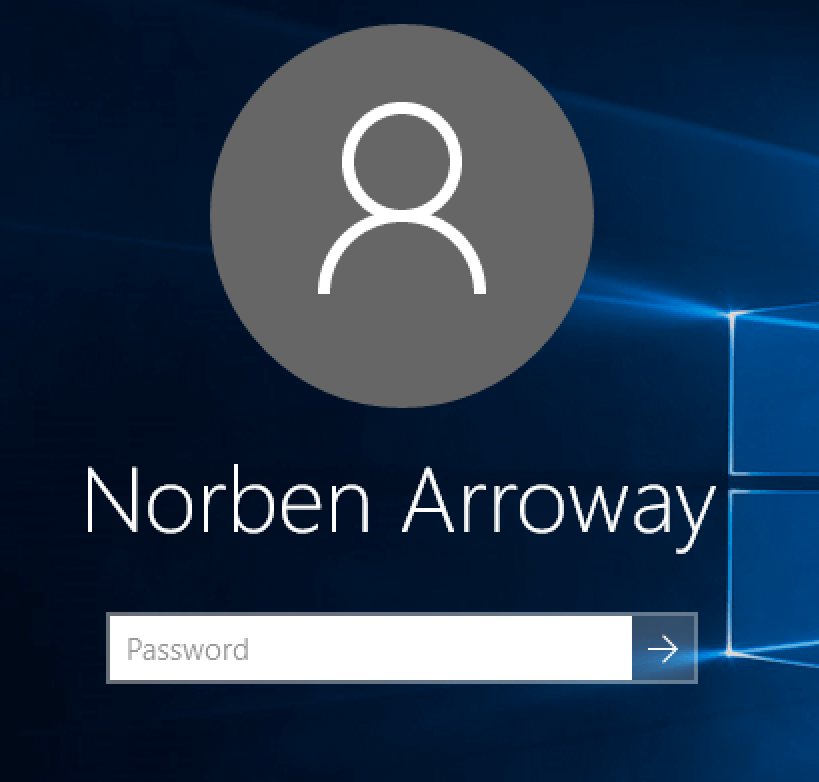
Recovering from DUO Security MFA Lockout on Windows Server: Safe Mode Uninstallation Guide
Have you installed an MFA solution like DUO Security on your Windows Server, only to find that you can no longer log in via RDP? Even in Safe Mode, you might struggle to uninstall the program because the usual removal options don’t work. Problem: RDP Lockout MFA solutions such as DUO Security can completely block RDP access if: They are…
Read More » -
Server

Mini Ansible Cheatsheet
#Ping all hosts in inventory ansible all -i inventory.ini -m ping # Run module for specific group ansible web -i inventory.ini -m shell -a "uptime" # Run a Playbook ansible-playbook -i inventory.ini playbook.yml Common Modules: ModülİşlevpingPing test fileFile/directory create, delete, permissioncopyCopy file from local to remotetemplateJinja2 template path to destinationyum/aptPackage install/delete (RHEL/Debian)serviceService start/stop/enableuserUser create/deletelineinfileAdd line in filegitRepo Clone/Pull command /…
Read More » -
Devops
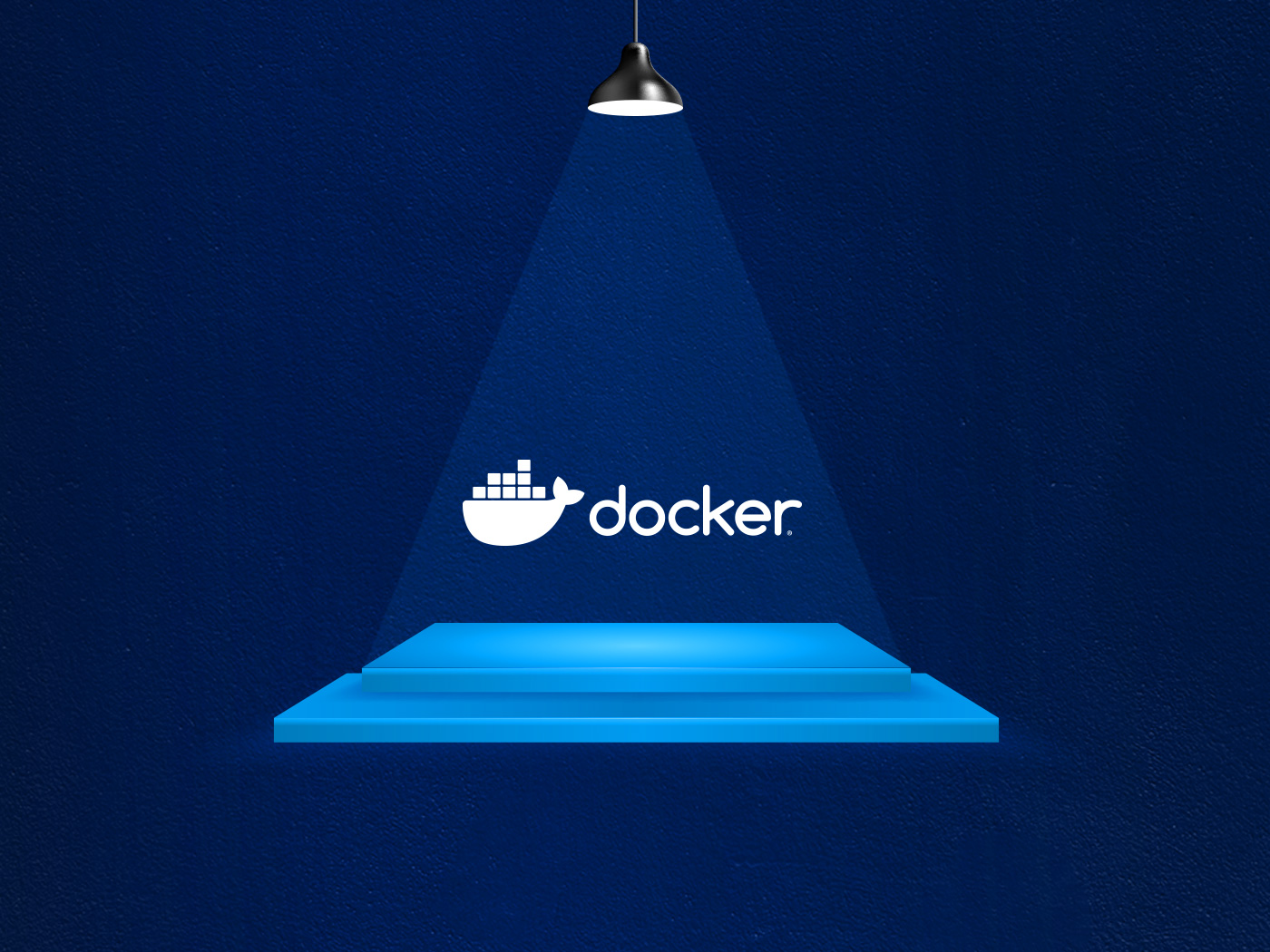
Docker 101 – Core Concepts and Practical Applications
In this article, we will explore how Docker provides advantages in application development and how to containerize an application using Docker. Once an application is written, we’ll learn how it can run on Docker with all its dependencies, and how it can be isolated from the host environment to ensure portability and consistent execution across different systems. Why Docker? Docker…
Read More » -
Devops

Github Actions VS Gitlab CI/CD
In today’s fast-paced software development landscape, the goal of DevOps culture is to help software companies gain a competitive advantage and align with agile methodologies. This involves testing and deploying code changes in small, manageable increments, allowing development teams to deliver new features and fixes more reliably and efficiently. To achieve this, some of the best-practice CI/CD architectures widely adopted…
Read More » -
Devops

Installing Prometheus Stack on Kubernetes Cluster
In this article, we’ll take Prometheus—previously installed on a Linux VM—and deploy it inside a Kubernetes cluster. With this setup, we’ll not only monitor applications running inside the cluster but also track the cluster itself using essential metrics. Compared to a VM installation, the Kubernetes setup is slightly different. In Kubernetes, Prometheus runs with the help of Custom Resources (CRDs)…
Read More » -
Security

How to Renew Let’s Encrypt SSL Certificates Automatically with Certbot
Securing your website with an SSL certificate is essential to protect user data, enable HTTPS, and improve your SEO ranking. However, manually renewing SSL certificates can be time-consuming and prone to human error. Automating the SSL renewal process ensures continuous security, prevents downtime due to expired certificates, and simplifies certificate management. In this guide, we’ll use Let’s Encrypt — a…
Read More » -
Server
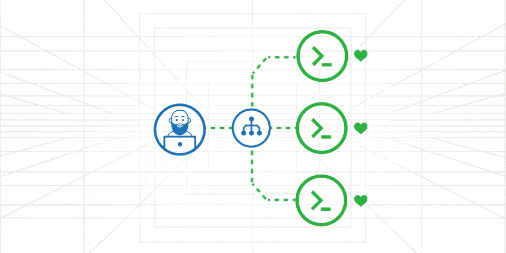
What is a Reverse Proxy and Load Balancer?
In the early 2000s, as the internet became widespread, accessing websites meant directly communicating with the web servers hosting those sites. Web browsers would send requests to a web server, and the server would respond with web content. However, with the increasing complexity of modern application architectures and the shift toward microservices, managing the heavy traffic between clients and servers…
Read More »